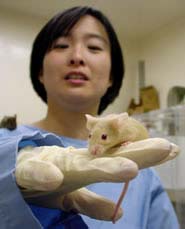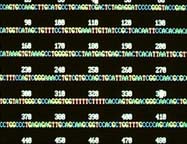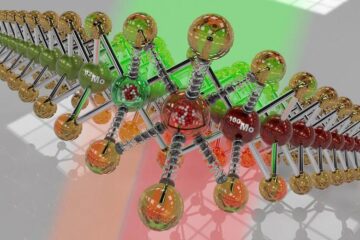Latest News

DREAM raises pain relief hopes
Missing protein leaves mice impervious to pain
Researchers have a new lead for treating pain. A protein called DREAM appears to play a key role in how mice respond to heat, touch and inflammation 1 .
Mice lacking DREAM seem oblivious to all types of pain, find Josef Penninger and his colleagues at The AMGEN Institute, Toronto, Canada. The animals can bear acute pain – the kind caused for example by heat, pressure, or injections as well as chronic inflammatory

Planet hunters pledge Eddington support
Belt tightening cloud could have silver-lining for Europe’s planet hunters
European planet hunters are rallying round a beleaguered effort to launch the first spacecraft that might detect Earth-like planets beyond our own Solar System. Meeting in London last week they agreed that the low-cost, low-risk mission has a lot to offer.
The planet-spotting mission Eddington has been approved by the European Space Agency (ESA), but is currently on hold awaiting funds; unless they ma

Help for names’ sakes
Shared names prompt good deeds.
When seeking help from a stranger, ask someone who shares your name: people are more likely to assist a namesake, an e-mail study has revealed 1 .
A shared name indicates two people are likely to share genes, so evolution may have taught us to be nice to our namesakes, suggests psychologist Margo Wilson who carried out the study at McMaster University in Hamilton, Ontario, Canada.
Unusual names are particularly good a

Antarctic Ice Core milestone – 2002 m reached as year 2002 arrives
In the first weeks of the New Year a team of European scientists drilled successfully through 2002 metres of ice at Dome Concordia, high on East Antarctica`s plateau – one of the most hostile places on the planet. A specially created laboratory on the ice enabled scientists to analyse, for the first time, past climate shifts within hours of each 3 m length of core being drilled – rather than waiting months or years for detailed study back in European labs. The team, working on a seven-year Antarctic

Uprooting and replanting the tree of life
A new theory on the evolution of ancient microbes is set to challenge widespread scientific views of early life on earth and could overturn previous interpretations of the huge bank of molecular taxonomic data that has been built up in recent years, according to research published today in the International Journal of Systematic and Evolutionary Microbiology.
“I`ve reinterpreted fossil records to show that eukaryotes, which includes plants, animals and fungi, are only half as old as previous

Genome exposes buried bugs
Knowing the human genetic sequence helps unearth invaders.
Human DNA is a new device for disease detectives. The database of human genetics can expose misfit microbe genes in diseased tissues, a US team have found.
Matthew Meyerson, of the Dana-Farber Cancer Institute in Boston, and his colleagues compared 7,000 DNA sequences extracted from cervical cancer cells to the vast database of human genes – and pulled out two misfits. Both were from a virus known to cause the cancer











